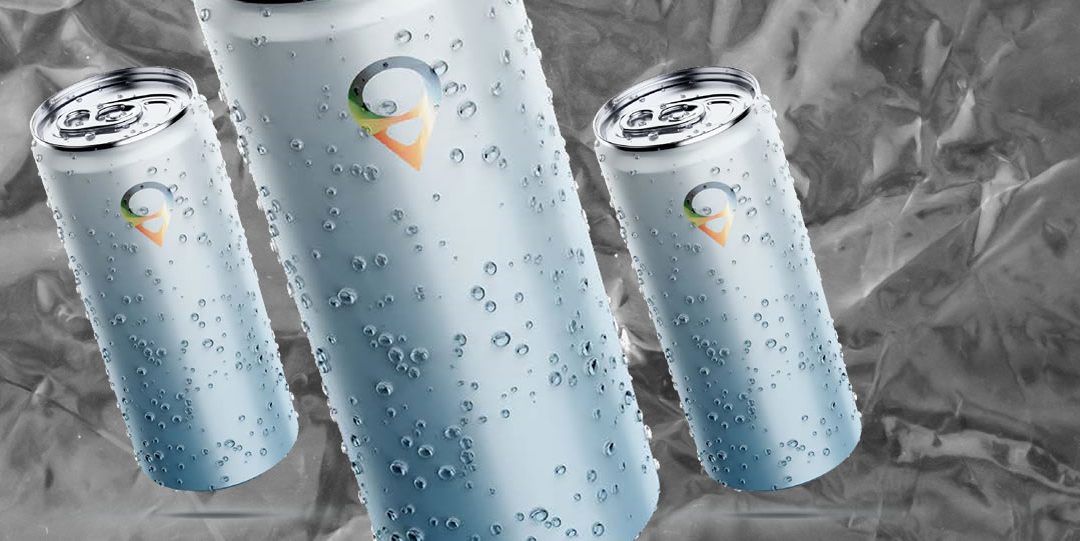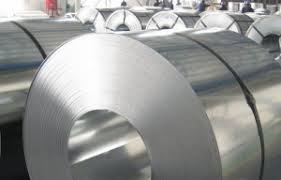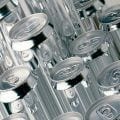Introduction
Demand for aluminum beverage cans has experienced significant growth in recent years, driven by factors such as the proliferation of new beverages, preference for sustainable packaging and ease of transportation for the end consumer. The manufacture of aluminum beverage cans is a highly technological process that requires high precision machinery and almost total automation.
Aluminum beverage cans are an essential part of modern life, with a worldwide production of approximately 230 billion cans per year. These cans are highly engineered, standardized and produced at high speed to meet the growing demand from emerging markets such as Asia, the Middle East and South America. In this article, we will delve into the intricate process of manufacturing aluminum beverage cans, highlighting the key steps and technical aspects involved.
Aluminum can manufacturing process
- Material selection: Aluminum is the metal of choice for beverage can manufacturing due to its unique properties, such as its ability to cool quickly, its strength and its stackability. In addition, aluminum is 100% recyclable, making it a sustainable option for the packaging industry.
- Front End: The first part of the aluminum can manufacturing process is the Front End, which includes the production of the can itself.
- The can manufacturing process begins with a metal coil, usually made of aluminum. This coil is stamped into discs, which are then stuffed into shallow vessels. The sides of these glasses are “ironed” in successive steps to achieve the required height for the can. The wall thickness of the can is about 70 microns, similar to that of writing paper, demonstrating the precision engineering involved in this process.
- Molding of cans. Once the glasses have reached the desired height, they are given the familiar cylindrical shape of a beverage can. This process may consist of several stages to ensure the structural integrity of the can and the desired shape. Next, the top of the can is closed, which involves narrowing the opening to create the standard can lid size.
- Cleaning and coating. Before decorating the cans, they must be thoroughly cleaned to remove any impurities and ensure a smooth surface for the following steps. After cleaning, a thin layer of coating is applied to the inside of the can to protect the contents from contact with the aluminum. This coating also helps to preserve the flavor of the beverage and to avoid possible chemical reactions between the aluminum and the contents.
- Decoration and printing: Once the aluminum cans have been manufactured, it is necessary to decorate them and print the designs corresponding to each brand and product. This is achieved through the use of advanced printing technologies that allow short production runs and fast format changeovers.
- Curing and drying. Once the cans have been printed, they must be cured and dried to allow the ink and coating to set properly. This process may involve the use of ultraviolet (UV) light to accelerate the curing process and reduce production time.
- Manufacture of lids: Parallel to the production of cans, we also manufacture the aluminum lids that will be used to seal the beverage cans. Installing filling lines adjacent to aluminum can production lines can improve process efficiency and reduce lead times.
- Quality control: The machinery used in the manufacture of aluminum beverage cans is of high precision and has quality control systems to ensure that the containers meet the standards established by the industry.
Conclusion
The aluminum beverage can manufacturing process is a complex and highly engineered process, involving multiple stages and precise machinery. The end result is a lightweight, recyclable and efficient package that has become an integral part of our daily lives. The aluminum beverage can industry continues to innovate and improve its processes, ensuring that aluminum beverage cans remain a sustainable and convenient packaging solution for years to come.














